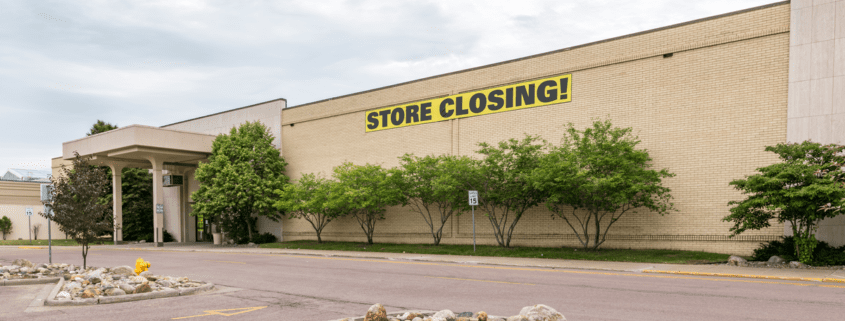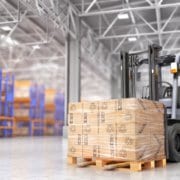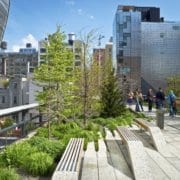Adaptive Reuse: How Vacant Big-Box Retailers Create Opportunity for Self-Storage Facilities
The retail apocalypse, which began taking victims a decade ago, is continuing throughout 2020 with an anticipated 2,600 additional store closures this year alone. Department stores were traditionally anchor tenants within shopping malls due to their popularity and ability to drive business to smaller retailers. Today, however, big-box retailers, like Macy’s, Sears, and JC Penney, have seen a decline in popularity as consumer preferences shift to online, fast-fashion retailers, leading to an increase in store closings. While the thousands of retail closures are having a negative impact on the retail sector, self-storage companies seeking growth opportunities are reaping the benefits by capturing vacant anchor spaces and converting them into self-storage facilities. By capitalizing on the characteristics that once made the locations of vacant anchor tenant stores attractive, self-storage facility developers are transforming them into lucrative new opportunities.
Read ahead to learn what the adaptive reuse of vacant big-box retail spaces means for the new development of self-storage facilities in the years ahead.
Increased Return on Investment (ROI)
Adaptive reuse projects that involve converting vacant retail properties into some other type of commercial property tend to be more cost-effective than undergoing a completely new ground-up construction. This cost-effectiveness drives both higher profitability and returns. Because of these efficiencies, some of the new self-storage properties that have opened more recently are the result of adaptive reuse. Additionally, property conversions typically provide a quicker speed to market and a more predictable cost of completion in comparison to new construction. A quicker process means that the return on investment can start being realized sooner as well. Still, only 7% of the new self-storage properties that have opened since 2015 were converted from buildings that were formerly used for retail purposes, presenting a new market opportunity.
Increased Opportunities for Success
Within the next ten years, it is predicted that about 90% of all new self-storage development will involve existing buildings. However, before making drastic developmental decisions that involve preexisting establishments, such as shopping malls, it is crucial for developers to understand the macro trends affecting demand for commercial space to ensure that they are “ahead of the curve” and able to successfully attract customers. Fortunately, the opportunities for success are increased when self-storage buildings are created as a result of an adaptive reuse project. With more than 8 million square feet of vacant big-box retail space expected to be converted into self-storage in 2020 across roughly 50 markets, it is evident that adaptive reuse will continue to be a strong source of opportunities for self-storage developments.
Locations in High-traffic Areas
Historically, shopping malls tend to be located in high-traffic areas with great visibility. Being situated in prime locations with a built-in population base makes repurposing vacant retailers as self-storage facilities an attractive opportunity to developers, sponsors, and investors. Additionally, in areas where the self-storage market is oversaturated, facilities that are conveniently located in areas that receive a lot of traffic are certainly at an advantage over competitors. Being located in prime locations increases the facilities’ occupancy rates because even as new supply enters the market, occupancy rates are typically unaffected since 2/3 of renters choose facilities within two or three miles of home – and vacant retailers are typically located in centralized areas. This means that self-storage properties in highly-traffic areas should be less impacted by competition.
You may also be interested in reading Self-Storage Facilities: Why Investors Are Attracted to This Type of Property.











